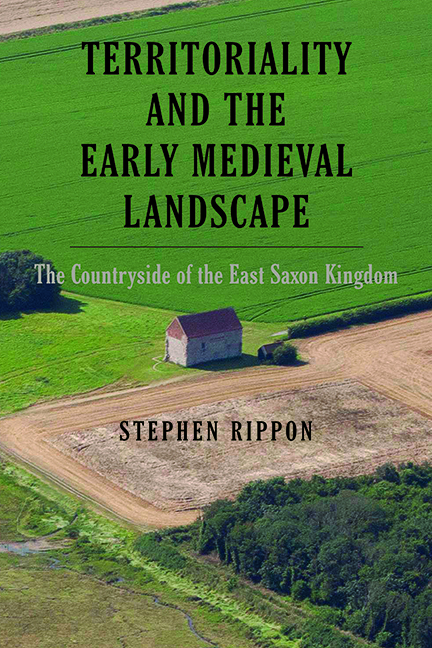Book contents
- Frontmatter
- Dedication
- Contents
- List of Illustrations
- List of tables
- List of Abbreviations
- Acknowledgements
- Glossary
- Preface
- Part I Background
- Part II The Early Folk Territories
- Part III Discussion and Analysis
- Appendix 1 Domesday Population Densities Across the ‘Rochford Peninsula’ Early Folk Territory
- Appendix 2 Sites Used in the Analysis of Animal Bone Assemblages
- Appendix 3 Sites Used in the Analysis of Charred Cereal Assemblages
- Bibliography
- Index
- Garden and Landscape History
Chapter 5 - Immigration and Integration in the Central Thameside Districts: The Fen District and Havering
Published online by Cambridge University Press: 26 May 2022
- Frontmatter
- Dedication
- Contents
- List of Illustrations
- List of tables
- List of Abbreviations
- Acknowledgements
- Glossary
- Preface
- Part I Background
- Part II The Early Folk Territories
- Part III Discussion and Analysis
- Appendix 1 Domesday Population Densities Across the ‘Rochford Peninsula’ Early Folk Territory
- Appendix 2 Sites Used in the Analysis of Animal Bone Assemblages
- Appendix 3 Sites Used in the Analysis of Charred Cereal Assemblages
- Bibliography
- Index
- Garden and Landscape History
Summary
TO THE EAST OF the Rochford Peninsula (explored in Chapter 4) were two other early folk territories that extended across the Thameside Terraces of southern Essex. This is an area with several well-known Anglo-Saxon settlements and cemeteries – notably Mucking – although their wider landscape is poorly understood. The large numbers of Anglo-Saxon sites give the impression of districts that were extensively colonised, but when mapped in detail alongside other sites from this period it appears that the newcomers may have been restricted to discrete parts of the landscape and lived alongside native British communities. In Domesday these Thameside districts fell within three compact hundreds – Barstable, Chafford and Becontree – which it appears were derived from two earlier folk territories: Barstable and Chafford Hundreds seem to have been created from a territory possibly known as the ‘Fen District’, while Becontree Hundred was largely coterminous with a territory called Havering.
THE FEN DISTRICT
At the time of the Domesday survey the low-lying district west of the Rayleigh Hills lay within Barstable and Chafford Hundreds, the western boundary of which was marked by the Ingrebourne River (Figure 5.1 A). Both hundreds extended as far north as a series of well-wooded hills between Billericay and Rettendon that loom up above the adjacent lowlands (rising to over 80m AOD in places). These hills comprise outcrops of the Claygate Beds (the upper part of the London Clay Formation) that in places are capped by gravels of the Bagshot Beds and patches of Boulder Clay that mark the southern fringes of the extensive Boulder Clay Plateau that caps most of central and northern Essex (see Chapters 8 and 9). The soils on these hills are relatively infertile and large areas remained wooded or common land until the eighteenth and nineteenth centuries. To the south lies the low-lying London Clay Basin, which has extremely heavy and infertile soils through which outcrops of the Claygate Beds (the Langdon and Horndon Hills) protrude. The central part of the London Clay Basin was extremely low-lying, comprising Bulphan and Orsett Fen (below 10m AOD). Further south, the marginally higher Thameside terraces (c.30m AOD) are capped with lighter soils derived from the underlying sandy gravels that as late as the eighteenth century were partly covered in heathland.
- Type
- Chapter
- Information
- Territoriality and the Early Medieval LandscapeThe Countryside of the East Saxon Kingdom, pp. 101 - 128Publisher: Boydell & BrewerPrint publication year: 2022

